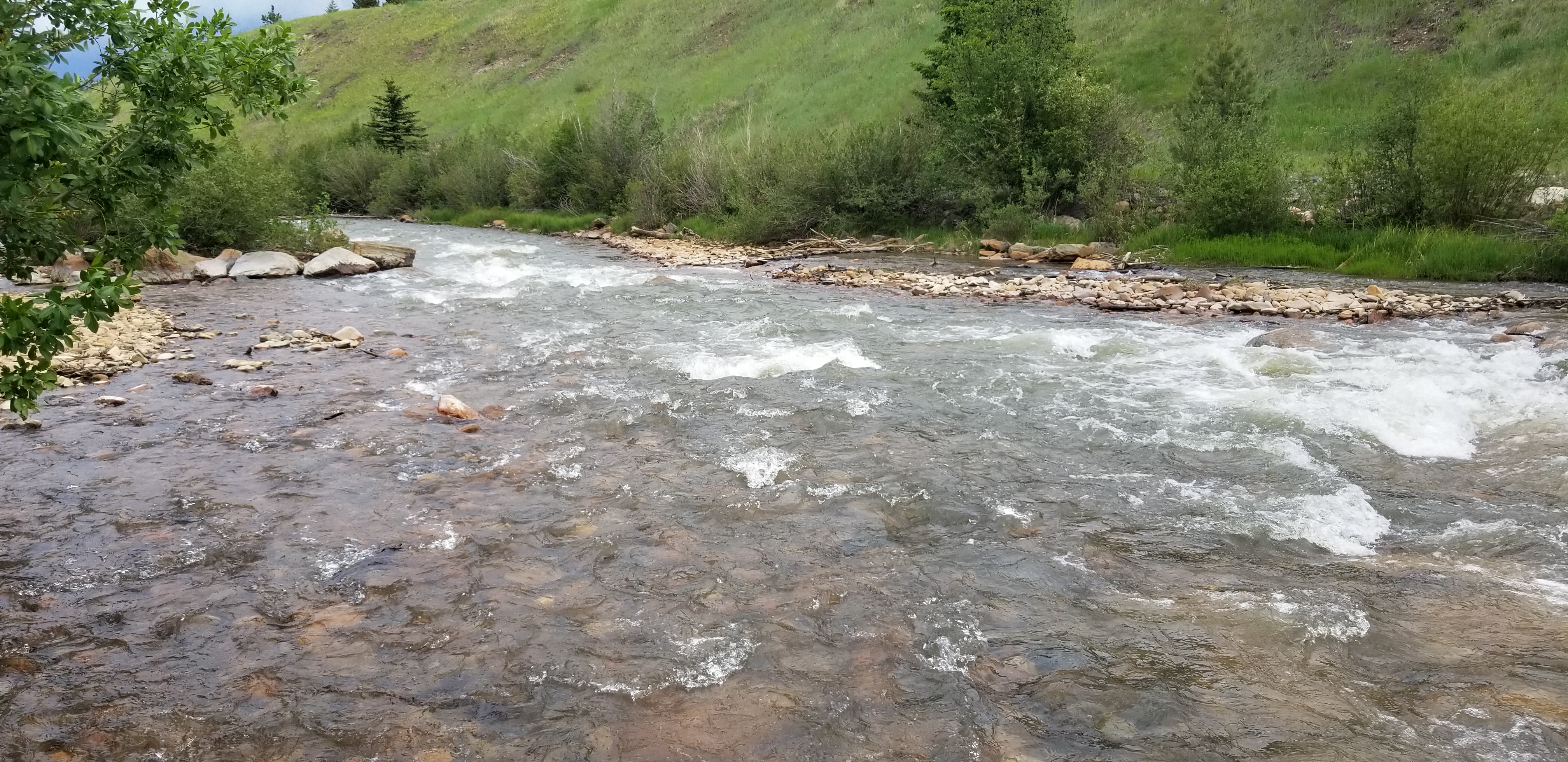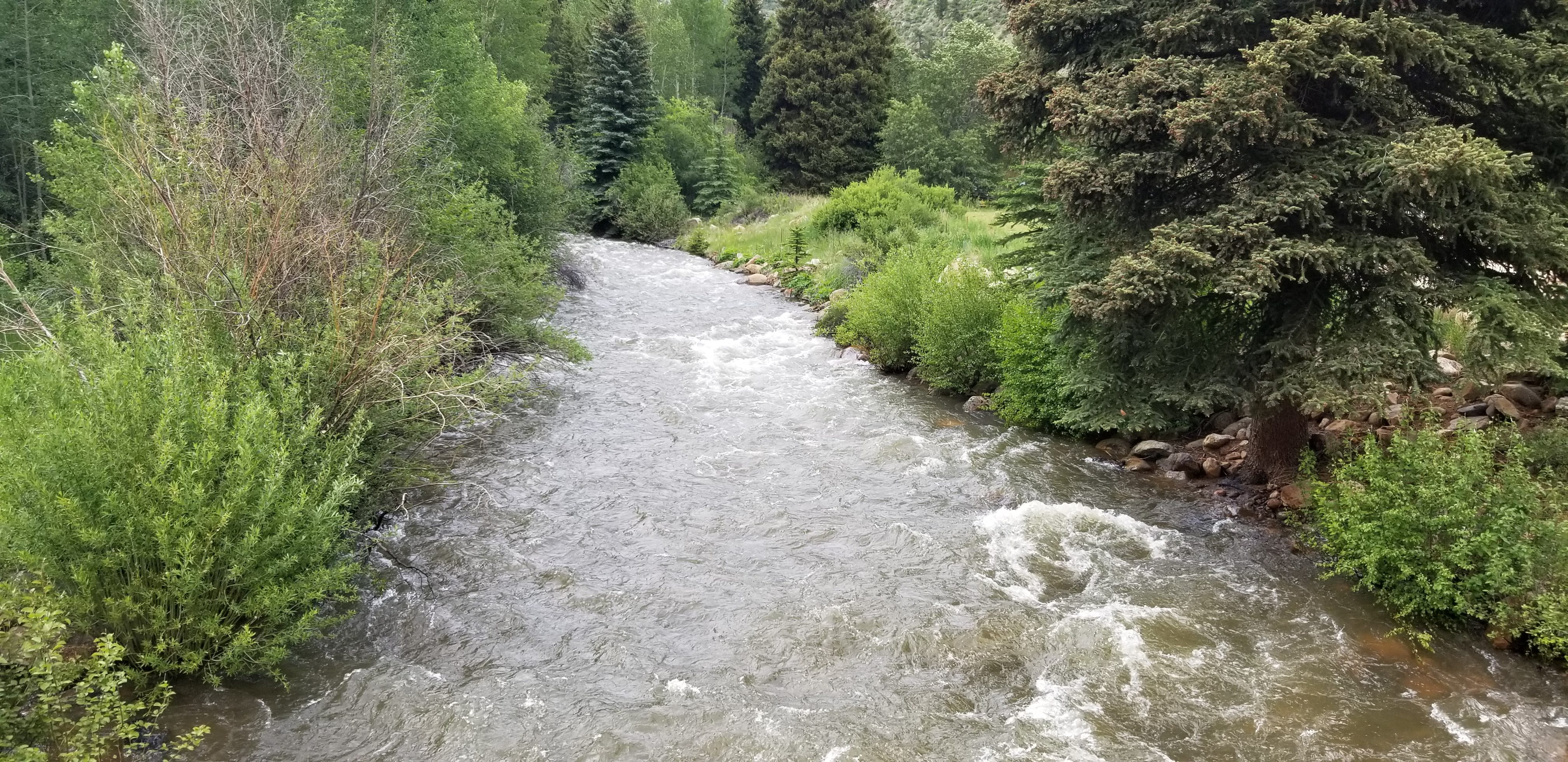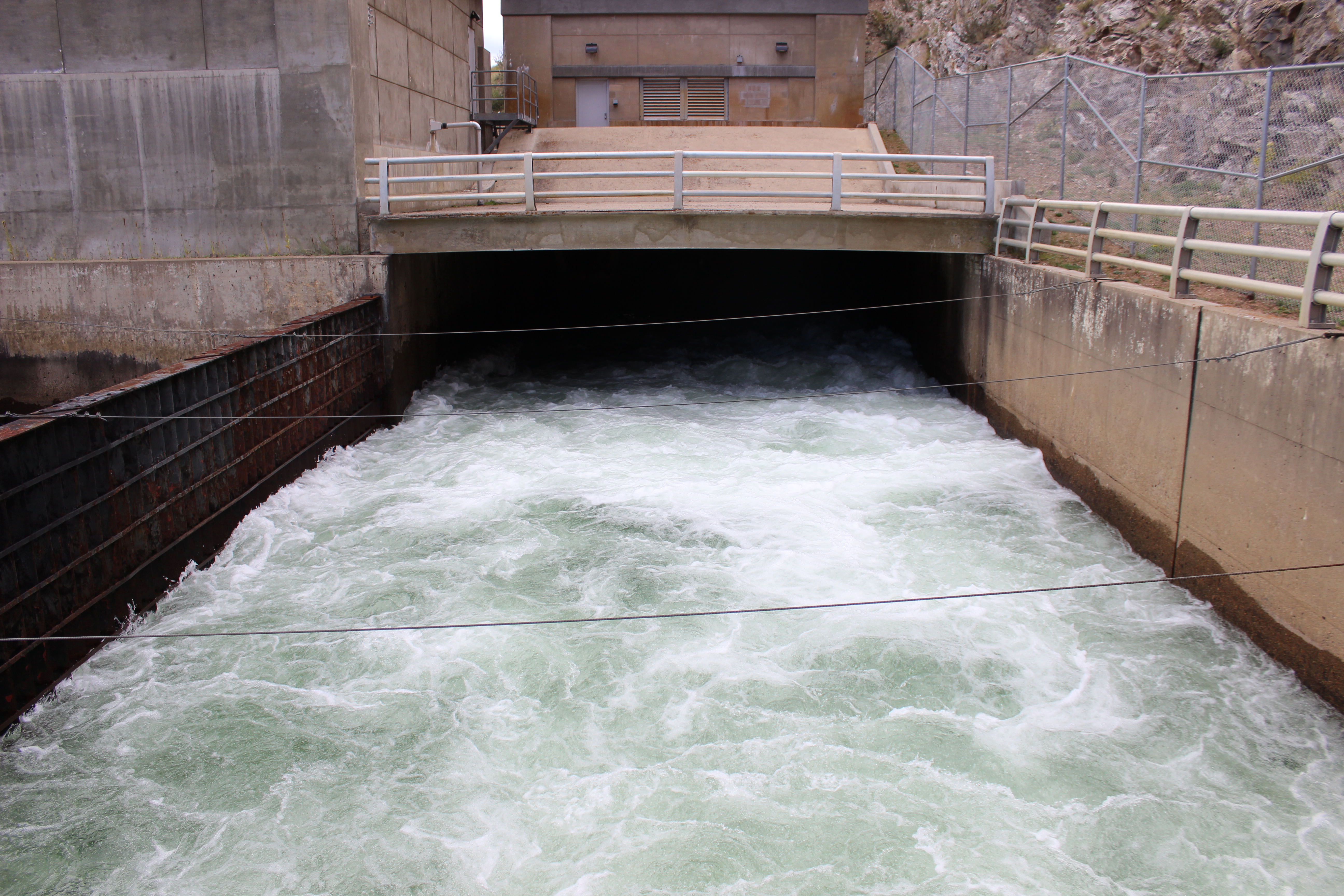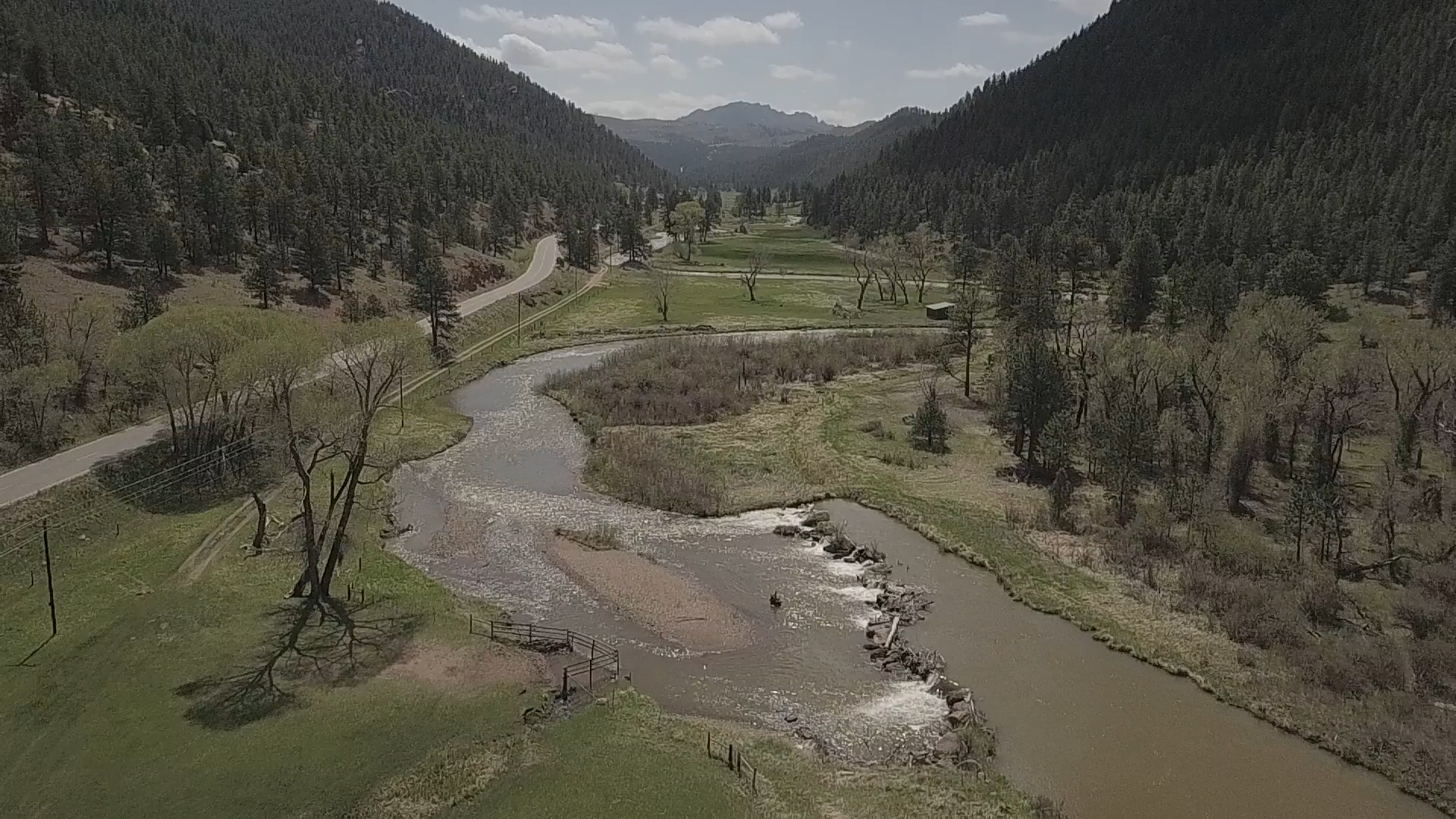
Figuring out the flow in the North Fork
The North Fork of the South Platte River begins modestly, as rivulets near Webster Pass northwest of Bailey in Park County.
As it tumbles near the tiny town of Grant, it picks up steam and winds a path as breathtaking as any in the West, through narrow ranches, pine-and-rock canyons and sleepy small towns before joining the main stem of the South Platte southwest of Denver.
Anglers, rafters and Sunday drivers on U.S. Highway 285 and Pine Valley Road adore this pastoral river course. Understandably so.
But the North Fork can also be a source of confusion because its flows intersect with Denver Water operations.
According to Nathan Elder, manager of water supply for Denver Water, at times of low flows, some river watchers question why the utility won’t adjust the flows to improve some of the North Fork’s cherished fishing spots.
“The answer is: we can’t decide, arbitrarily, when we can and can’t do that.”
At the heart of that question — and answer — is the Roberts Tunnel, a 23-mile conveyance that moves water from Dillon Reservoir near Frisco, under the Continental Divide and into the North Fork of the South Platte River.
Water flows from the tunnel, when it's operating, into the North Fork not far from where the river also picks up Geneva Creek, itself a significant tributary. The water ultimately finds its way to Strontia Springs Reservoir before being piped to two of Denver Water’s three drinking water treatment plants.
In short, when the Roberts Tunnel is operating, it adds water from the West Slope to the North Fork, enhancing natural river flows. When the tunnel is turned off, that additional water stays on the West Slope and supports the Colorado River. That means flows in the North Fork can decrease dramatically, especially when natural flows are already low.
Denver Water is constrained by legal decrees as to when it can open the Roberts Tunnel. If the utility does not have a need for water from Dillon Reservoir, it can’t move it from the Blue River Basin on the West Slope through the tunnel and into the North Fork.
Such was the case in the wet spring of 2019, as a hefty snowpack on both sides of the Continental Divide meant Denver Water would not have a need for water from Dillon until later in the season. That, combined with a late and slow spring runoff, meant — at least for a time — low flows in the North Fork and frustration for some who wanted to see more water in the river to support fisheries.
Similar circumstances occurred this year, in 2023, in the form of record-setting weeks of rain during May and June that reduced Denver Water customers’ demand for water to levels not seen in June since 1969.
Denver Water does make a good faith effort to estimate for anglers and outfitters when the tunnel will operate. But changing weather and snowpack mean those projections can change — as they did in 2019 when heavy March snows occurred, and again in spring 2023 when weeks of rain drenched the Denver metro area — and push the timeframe for opening the tunnel later into the year.
Mark Beardsley, an ecological consultant familiar with the North Fork, noted that very low flows are common in the river, due to the way nature originally built the waterway.
“In its natural condition, the North Fork was a tiny creek, more like a string of beaver ponds, with naturally low flows most of the year,” he wrote in a recent letter published in the Fairplay Flume newspaper.
“Extended periods of zero flow through Roberts Tunnel occurred in all but three of its 56 years (the tunnel opened with Dillon Reservoir in 1963), and the river runs below 20 cubic feet per second most years,” he added. “Natural flows alone cannot sustain the ‘angler’s paradise’ that recreationists and businesspeople have come to depend on.”
All of that said, Denver Water has a strong relationship with Park County.
When conditions and water laws permit, for example, it tries to voluntarily retime Roberts Tunnel operations to enhance North Fork flows for Bailey Fest, an important celebration to Park County and the Bailey area economy.
“We certainly understand how all of this can be confusing to people,” Elder said. “Operating utility-scale water systems in Colorado and throughout the arid West is complicated. We want to help the public and our customers understand there are reasons, often related to the law, why we operate the way we do.”
The confusion can run on both sides of the mountain.
In a big-water year, some in Summit County wonder if Roberts Tunnel might be turned on to pull some water east and alleviate the need for higher water releases from Dillon Reservoir that can contribute to flooding along the Blue River downstream.
But the same answers apply.
If Denver Water has enough supply from its South Platte River system — and in this very wet year, water has already spilled over Strontia Springs and Cheesman reservoirs — then it can’t turn the tunnel on to access its West Slope supply.




